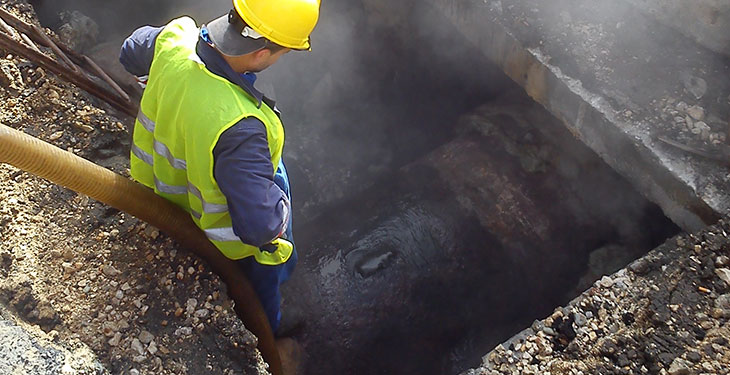Bogdan Tudorache
The district heating network in Bucharest is currently in a critical situation.
The second most extensive urban district heating network in the world, after Moscow, with over 950 kilometers of primary network, 2,900 km of secondary network and over 1,000 points and thermal modules has 80% of the thermal pipes with an age of over 25 years. While Frames analyzes the precarious state of the system, the general mayor of the Capital, Gabriela Firea, said that the people of Bucharest will have hot water and heat, specifying that the supply of the thermal agent can start without problems and the subsidies are paid “up to date”.
“Last winter there were over 3,500 failures and tens of thousands of people in Bucharest froze in their homes. Under the conditions of a chronic underfunding, RADET barely managed to change some of the pipes and repair part of the network this year. A small percentage, only a few percent,” the Frames analysis shows.
One proof that the district heating network has reached a critical point is the situation of the addition water, the one that provides the necessary pressure for the hot water and the heat to reach the Bucharest apartments.
ELCEN has reached the position of pumping almost 2,000 tonnes/ hour, whereas in 2016 the quantity did not exceed 1,200 tonnes. In 2017, in order to maintain the pressure in the pipes, ELCEN increased the level to 1,600 tonnes, and in 2018 it reached 2,000 tonnes.
ELCEN statistics show that the pressure in the flow pipes in the winter season has decreased progressively from 8-9 bar to 3.5-4 bar and the addition water flow has progressively increased from 800 t/ h to 2,600 t/ h.
Increasing the volume of wastewater attracts further degradation of the heating network, because it is accompanied by chemical agents that corrode the pipes and limit the flow of thermal agent delivered. In addition, above the level of 2,000 tonnes/ h, the system enters a dangerous area, with the risk of major failure, it is shown in the Frames analysis.
